Artist Profile: Rockwell Kent
Rockwell Kent’s wood engravings and lithographs often convey solitude, spirituality and inner turmoil. Relatable and at the same time, pure fantasy, Kent’s subjects battle the elements as they cling to their individuality on precipices and are challenged by rough seas. Some of his more fortunate statuesque figures find themselves floating in a harmonious relationship with the natural world instead of being overcome. We can only guess what Kent was thinking while creating these images, but we intrinsically react with thoughts of anxiety, dread, and inspiration.
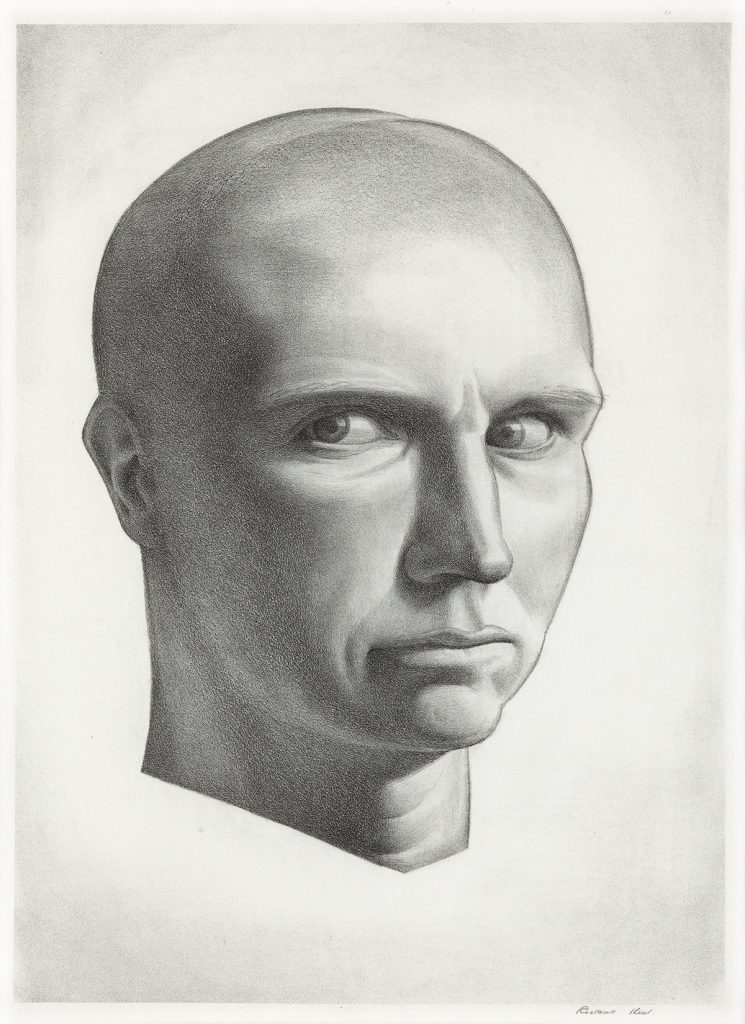
On March 5, in our 19th & 20th Century Prints & Drawings sale, Swann will offer a range of Kent’s works—from his wood engravings of the 1920s and 1930s, which established Kent as one of the most notable illustrators and graphic artists in the United States, to his lithographs of the 1950s, around the time he gained popularity in the Soviet Union.
Early Life
Rockwell Kent’s extraordinary resumé includes work as an architect, lobsterman, dairy farmer, carpenter, author and artist. An explorer of remote and exotic locales, his experiences provided material for the paintings that brought him notoriety. Kent was born in Tarrytown, New York. After graduating high school in 1900, Kent planned to attend Columbia University in New York and to become an architect, though his extracurricular studies with William Merritt Chase in Shinnecock Hills, Long Island inspired him to leave for a career in the arts. Kent’s classmates included George Bellows, Robert Henri, Edward Hopper, Kenneth Hayes Miller and Abbott Handerson Thayer. These artists would become the foremost American Realists of the twentieth century.
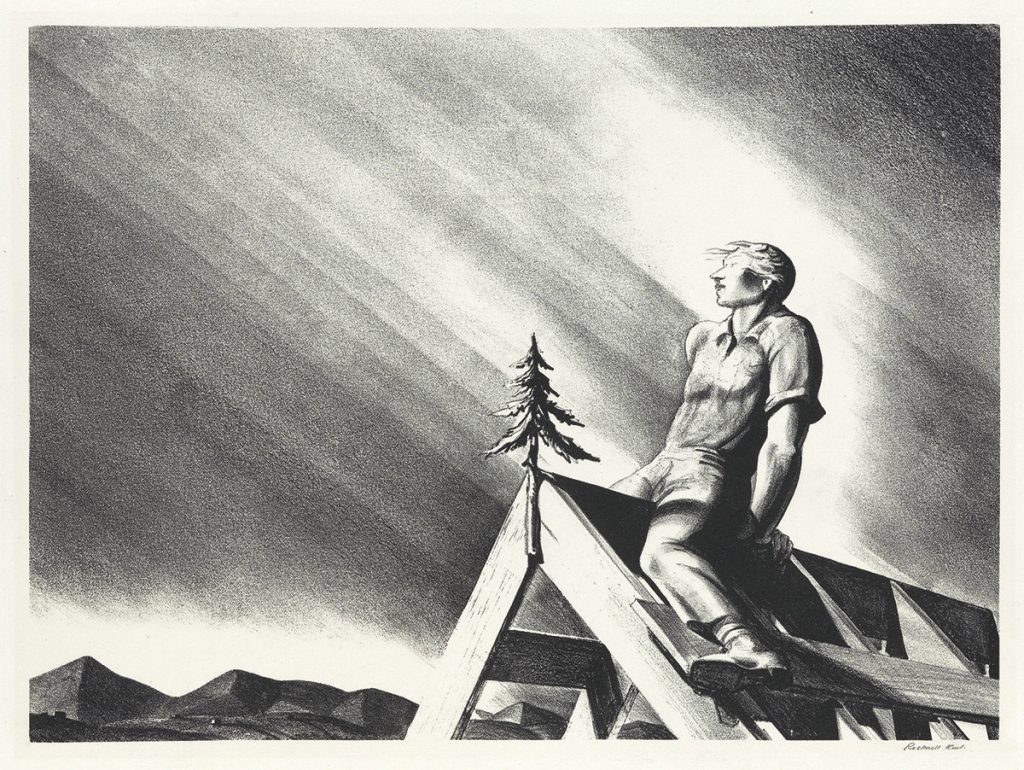
Despite his association with the aforementioned artists, as well as the Ashcan School, Kent favored painting the dignity and force of nature over depicting life. His rise began at 22, when the National Academy exhibited two of his paintings. Afterward, Kent was included in several major exhibitions and fostered friendships with fellow progressive artists like Marsden Harley. His first solo exhibition was held at Claussen Gallery, New York, in 1907.
Rockwell Kent & Politics
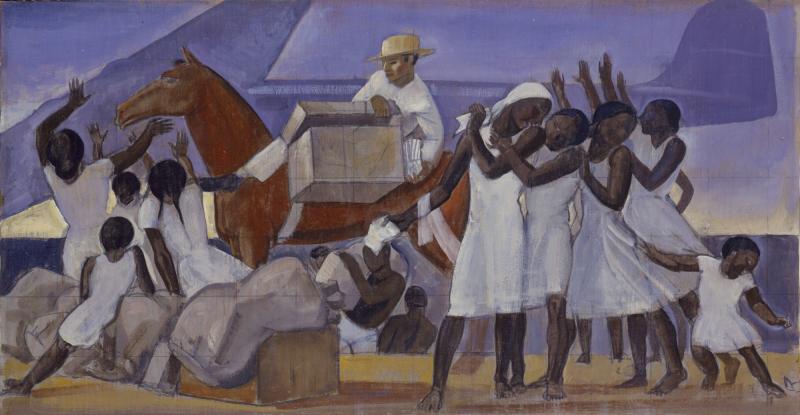
Image courtesy of Smithsonian American Art Museum.
In 1937, he was recruited by the Federal Public Works Administration to paint a pair of murals for the newly built postal service building in Washington, D.C. An outspoken Leftist with a Communist affiliation, his controversial political beliefs overshadowed his murals Mail Service in the Artic and Mail Service in the Tropics. In the latter, Kent painted a message delivered from Alaska, reading “To the people of Puerto Rico, our friends! Go ahead, let us change chiefs. That alone can make us equal and free” in the obscure Alaskan Native Kuskokwim dialect. Kent’s insinuation of revolution and pro–Puerto Rican independence stance caused a year-long debate that involved the Puerto Rican government, though the murals were left unchanged. At the time, a writer for The New Yorker had said, “That day will mark a precedent, which brings no news of Rockwell Kent.”
Never deviating, in 1953, he was questioned by Senator Joseph R. McCarthy for his social and political beliefs. Towards the end of his life, in 1967, Kent was awarded the Lenin Peace Prize by the Soviet Union. Despite the controversy surrounding his politics and suspicion of being a German spy, the art world embraced Kent. His work hangs at major museums all over the world, including New York’s Metropolitan Museum of Art, the Whitney Museum of American Art, the Art Institute of Chicago, and the Pushkin Museum in Moscow. His Newfoundland seascape The Seiners was the first modern American painting to be hung in The Frick in New York.
A Stirring Personality
Rockwell Kent’s stirring personality seemed to match his outward appearance. His 1971 obituary, written by Alden Whitman for The New York Times, characterized him as having “a stern appearance, his manner gentle and humorous except when he was aroused over some wrong. Standing 5’9″, he was lean and sinewy. He was prematurely bald, and his long square-jawed face was dominated by burning gray eyes under bushy eyebrows. He wore a thin mustache that whitened with the years.” Kent was self-admittedly stubborn, with an ironclad will. Recalling his multiple transfers in primary and secondary school, he stated “One school I didn’t like, so I ran away. Latin I didn’t like so they tried to break me. My teachers gave up.”
Rockwell Kent’s Wood Engravings
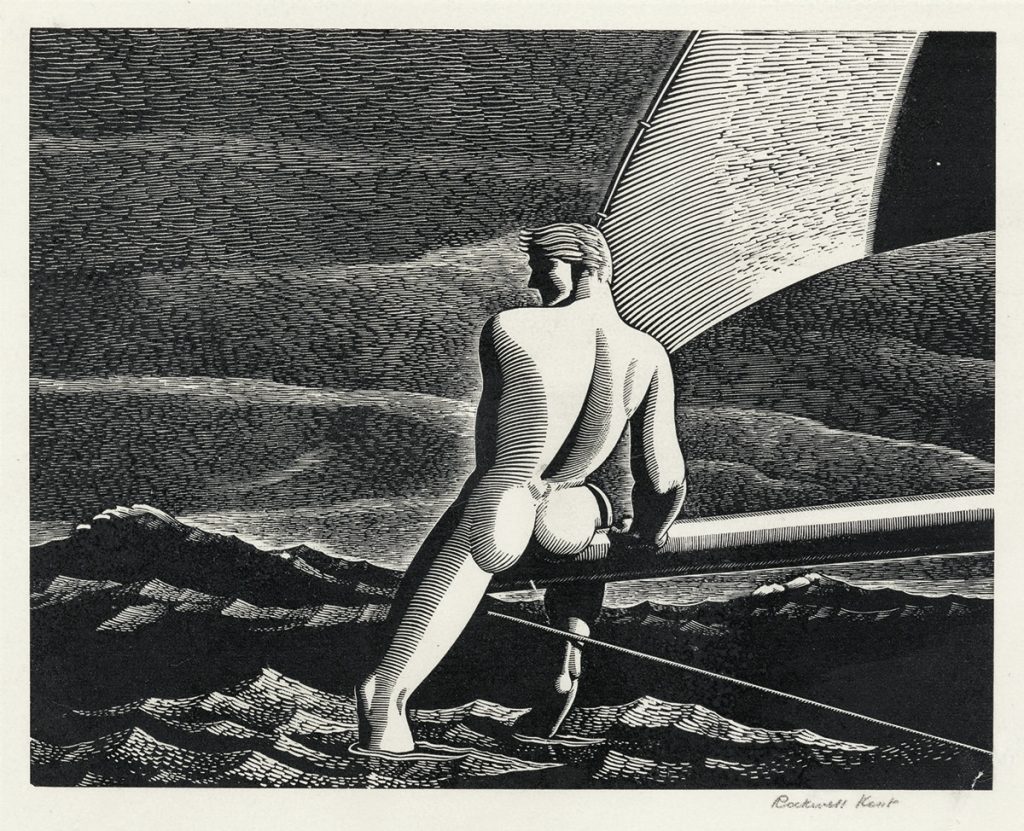
Kent’s individualism found an outlet when he started wood engraving in the 1920s. His scenes of rugged nature—frozen wastelands, steep rocky cliffs, and violent tides—drew from his extensive adventures as an itinerant artist. Whether his bold figures face these elements as obstacles, or share a spiritual connection with a powerful natural world, each portrays a trance-like sang-froid. Perhaps Kent endowed his subjects with this grace out of the same compassion that brought him to his Leftist ideals.
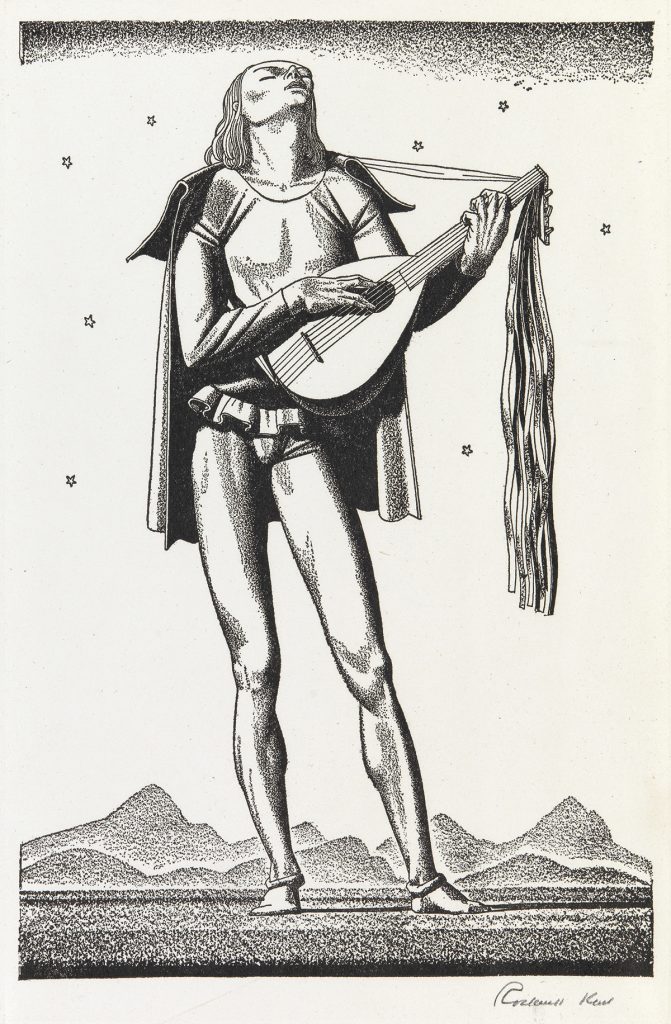
These intrepid, inward-looking pieces are very desirable to collectors. They typically do well at auction, often surpassing estimates. More prolific but having the same precise, graphic, and haunting style are his engravings illustrating the works of Shakespeare, Walt Whitman’s Leaves of Grass, Herman Melville’s Moby Dick and other classic tales. His most sought-after paintings are of powerful mountainous Arctic landscapes—Gray Day, a monumental scene that dwarfs the viewer, set Kent’s auction record in 2016, selling for over $800,000.
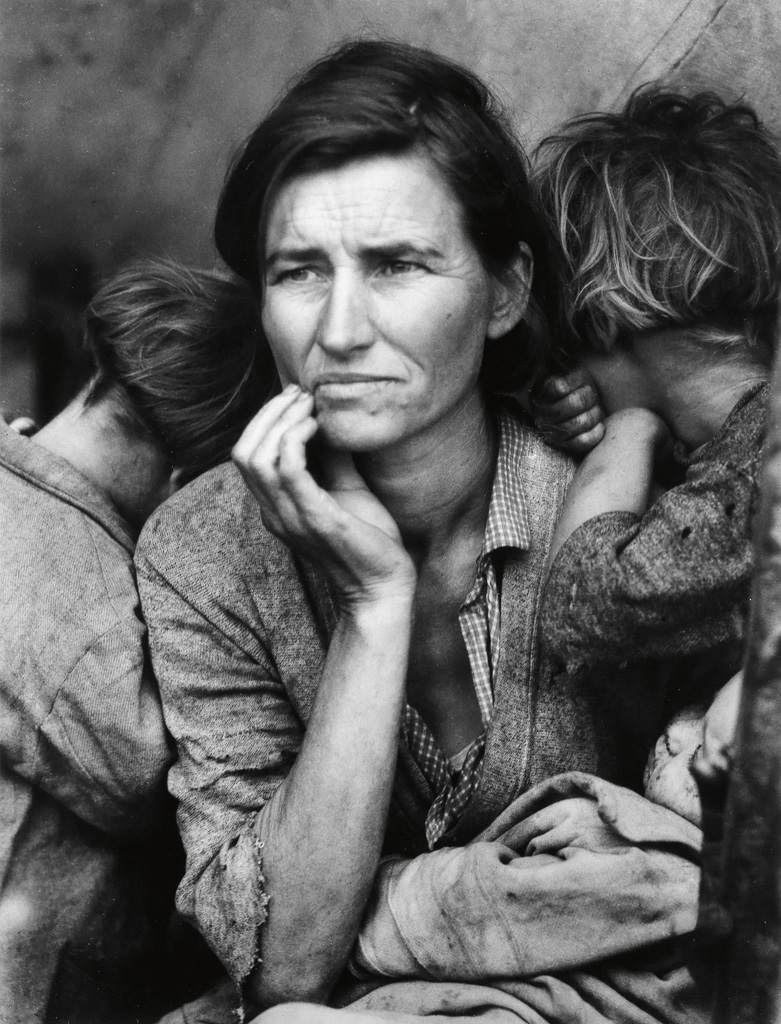
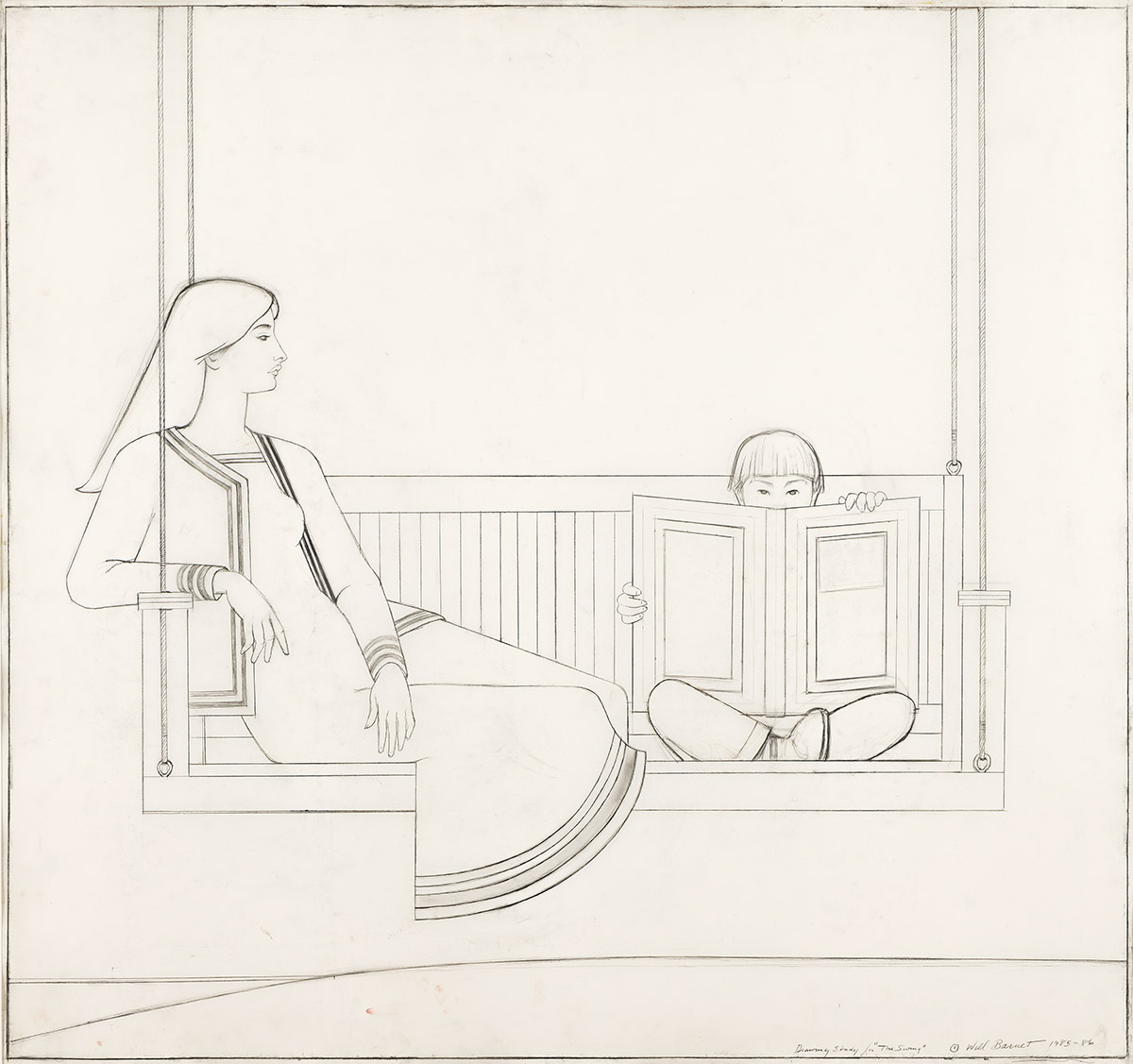







![Grace Meschery-McCormack shares about two copies of Fernando de Rojas’s ‘La Célestine,’ including a limited edition copy illustrated by Pablo Picasso.
At auction April 22. Learn more about the works at the link in our bio.
#Rarebooks #rarebookdealer #antiquarianbooks #auctions
_______________________________________
Music Credit:
Schubert - Piano Quintet in A major ‘The Trout’, D. 667 - IV. Andantino – Allegretto
Music provided by Classical Music Copyright Free on Youtube [https://tinyurl.com/visit-cmcf]
Watch: • Schubert - Piano Quintet in A major ‘...]](https://scontent-iad3-1.cdninstagram.com/v/t51.75761-15/491443494_18499096345036585_5935932878956098058_n.jpg?stp=dst-jpg_e35_tt6&_nc_cat=107&ccb=1-7&_nc_sid=18de74&_nc_ohc=AZ-awqelOZgQ7kNvwFA19hE&_nc_oc=AdkZVODYB5VxTPck7kaEV8QTzHwvQLzaAjo_r9W39mgpTAk2Ix_Bp7bj2bTOpAdxWZY&_nc_zt=23&_nc_ht=scontent-iad3-1.cdninstagram.com&edm=AM6HXa8EAAAA&_nc_gid=WYEcU6gC5TqWZD5uMxPhZg&oh=00_AfGiGi_LSZupgOmG9-F7SuCrqswGM5UOV8BXCEkXVaN-Cw&oe=680DB7D1)








